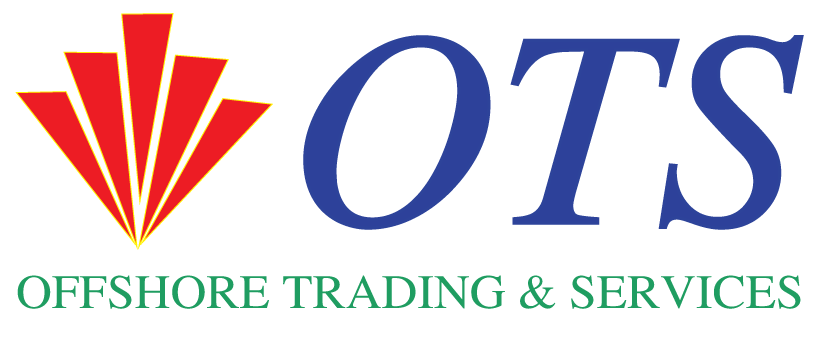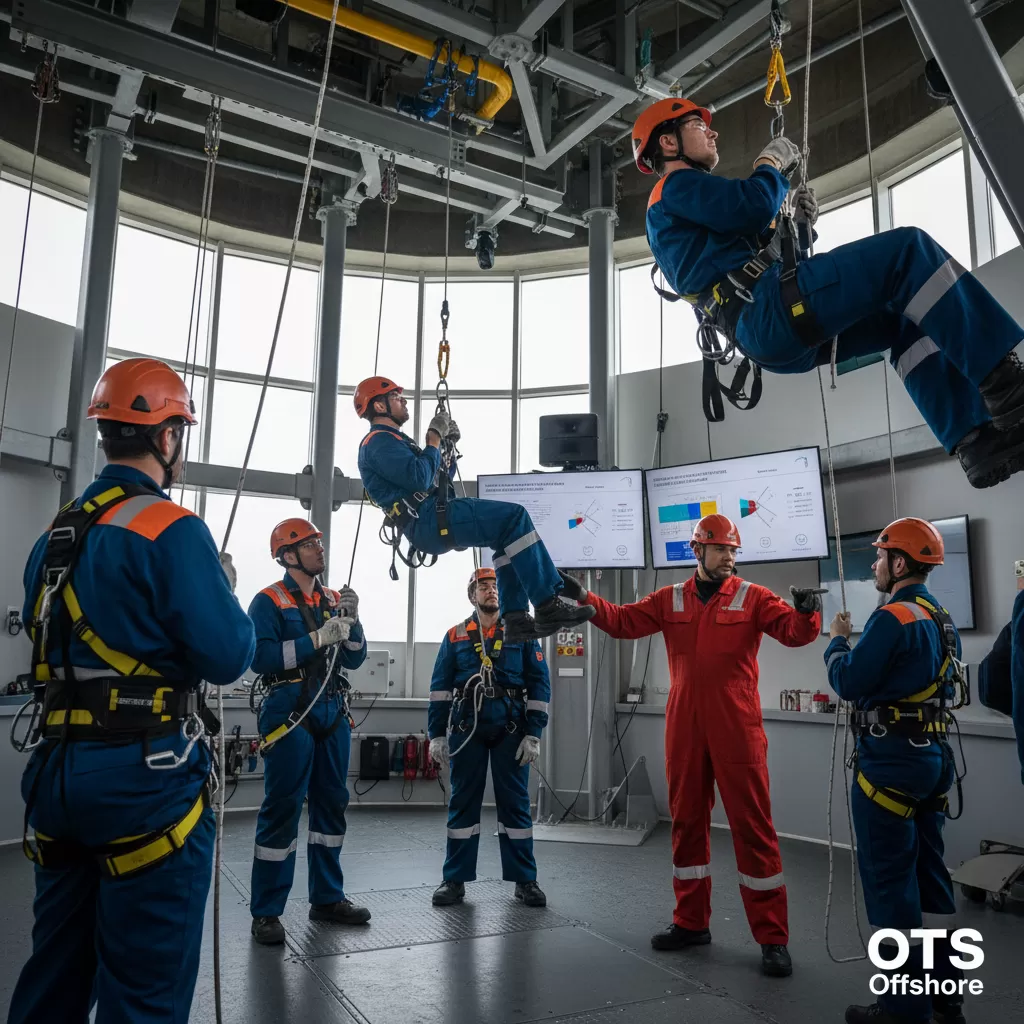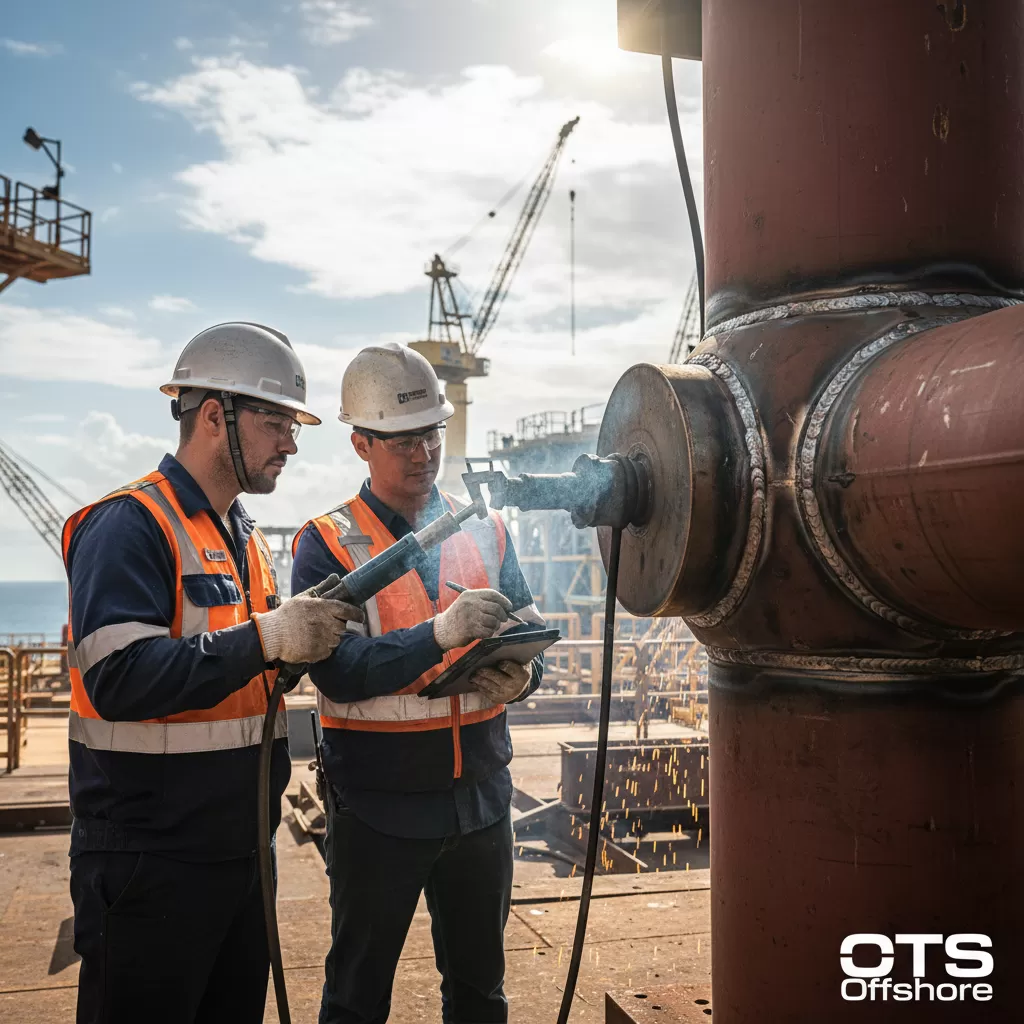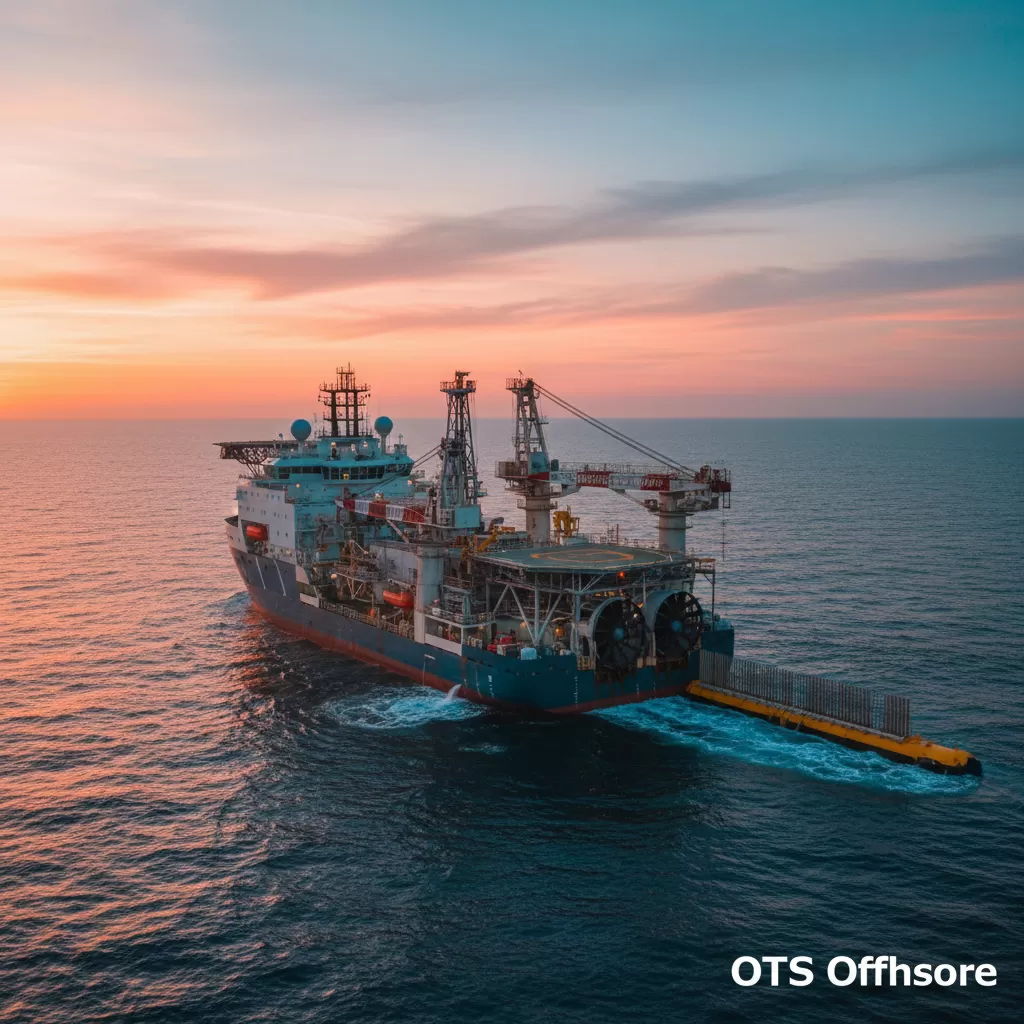The evaluation of GWO (Global Wind Organisation) and AMPP (Association for Materials Protection and Performance) training programs is crucial for ensuring the competence and safety of personnel in the rapidly expanding wind power sector. This article delves into the methodologies and key considerations for assessing the effectiveness of these vital training initiatives.
Comprehensive Evaluation Training AMPP: Benchmarking GWO and AMPP Programs for Wind Power Personnel
The wind energy industry, a cornerstone of global decarbonization efforts, relies heavily on a skilled and safety-conscious workforce. The integrity and operational efficiency of wind turbines, from installation and maintenance to asset management, are directly influenced by the quality of training provided to the personnel involved. Two prominent organizations, the Global Wind Organisation (GWO) and the Association for Materials Protection and Performance (AMPP), offer distinct yet complementary training frameworks designed to equip wind power professionals with the necessary knowledge and practical skills. A thorough Evaluation Training AMPP, focusing on the efficacy of these programs, is paramount for ensuring a competent and secure workforce. This involves scrutinizing the learning objectives, delivery methodologies, assessment strategies, and ultimately, the impact of the training on workforce performance and safety outcomes within the demanding offshore and onshore wind environments.
The Imperative for Rigorous Evaluation Training AMPP in Wind Energy
The dynamic nature of the wind power sector, characterized by technological advancements, evolving safety regulations, and the increasing complexity of offshore installations, necessitates a continuous and robust evaluation of training programs. This is not merely an administrative exercise but a critical component of risk management and operational excellence. The Evaluation Training AMPP serves as a vital mechanism to validate that training initiatives are effectively preparing individuals for the unique challenges of working with wind turbine technology, high-voltage systems, and in often hazardous environmental conditions.
– Understanding program objectives and alignment with industry needs.
– Identifying gaps in current training content and delivery.
– Measuring the return on investment (ROI) of training expenditures.
– Ensuring compliance with international safety standards and best practices.
– Fostering a culture of continuous learning and professional development.
Effective Evaluation Training AMPP also plays a significant role in mitigating operational risks. Inadequate training can lead to accidents, equipment damage, and costly downtime, impacting project timelines and profitability. By systematically evaluating GWO and AMPP programs, stakeholders can gain confidence that their personnel are equipped to handle potential hazards, such as working at heights, basic first aid requirements, manual handling, and the specific material protection and performance challenges inherent in wind turbine components.
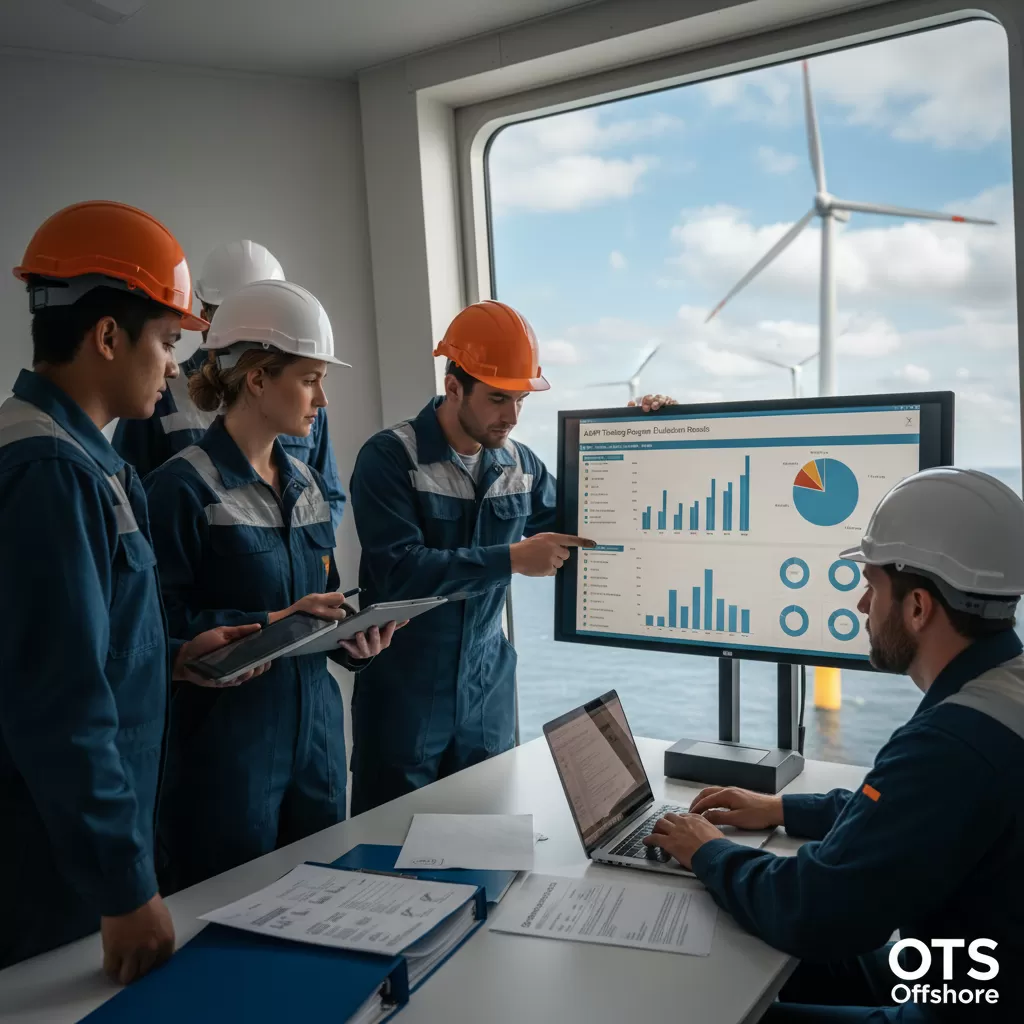
Deconstructing GWO Training Programs: A Safety-First Approach
GWO training is primarily focused on ensuring the safety of personnel working on wind turbines. Its modular structure allows for tailored training packages depending on the specific roles and responsibilities of individuals. The core modules, universally recognized, are designed to equip technicians with the fundamental knowledge and skills to prevent accidents and respond effectively in emergency situations.
#### Key GWO Training Modules and Their Significance
– Basic Safety Training (BST): This foundational module encompasses several critical areas.
– Working at Heights: Essential for anyone operating on or near wind turbines, this training covers fall arrest techniques, rescue procedures, and the proper use of safety equipment.
– Manual Handling: Addresses the risks associated with lifting and moving equipment, providing techniques to prevent musculoskeletal injuries.
– Fire Awareness: Focuses on identifying fire hazards, basic firefighting techniques, and evacuation procedures.
– First Aid: Equips personnel with the skills to provide immediate medical assistance in case of injuries or medical emergencies.
– Advanced Safety Training (AST): Building upon BST, AST modules often address more complex scenarios and specialized skills, such as advanced rescue techniques in challenging environments.
– Sea Survival Training: Crucial for offshore wind technicians, this module prepares individuals for emergency situations at sea, including evacuation from nacelles and survival in water.
– Blade Repair Training: Focuses on the specialized techniques and safety protocols for inspecting and repairing wind turbine blades, a critical component for energy generation.
– Working with High Voltage (WHV) Training: Addresses the specific hazards and safe working practices associated with electrical systems in wind turbines.
The effectiveness of GWO training is often assessed through a combination of theoretical knowledge tests and practical, scenario-based exercises. The emphasis on hands-on experience ensures that technicians can translate theoretical knowledge into practical application under simulated real-world conditions.
AMPP Training Programs: Mastering Materials and Corrosion Prevention
AMPP, formed by the merger of NACE International and SSPC: The Society for Protective Coatings, offers a robust suite of training programs focused on materials degradation, corrosion prevention, and protective coatings. In the context of wind power, AMPP training is indispensable for maintaining the long-term integrity and performance of wind turbine structures, particularly in aggressive marine and atmospheric environments.
#### Critical AMPP Training Areas for Wind Turbine Longevity
– Corrosion Control: Understanding the mechanisms of corrosion and implementing strategies to mitigate its effects on steel structures, foundations, and internal components.
– Protective Coatings: Training on the selection, application, and inspection of high-performance coatings designed to protect wind turbines from environmental factors such as salt spray, UV radiation, and abrasion.
– Inspection Techniques: Developing the skills to conduct thorough inspections of coatings and materials to identify early signs of degradation and potential failure points.
– Materials Selection: Guidance on choosing appropriate materials for different components to ensure durability and resistance to specific environmental conditions.
AMPP certifications, such as those for coatings inspectors and corrosion technologists, are highly valued within the industry. They signify a standardized level of expertise in materials protection, which directly contributes to extending the operational life of wind assets and reducing maintenance costs.
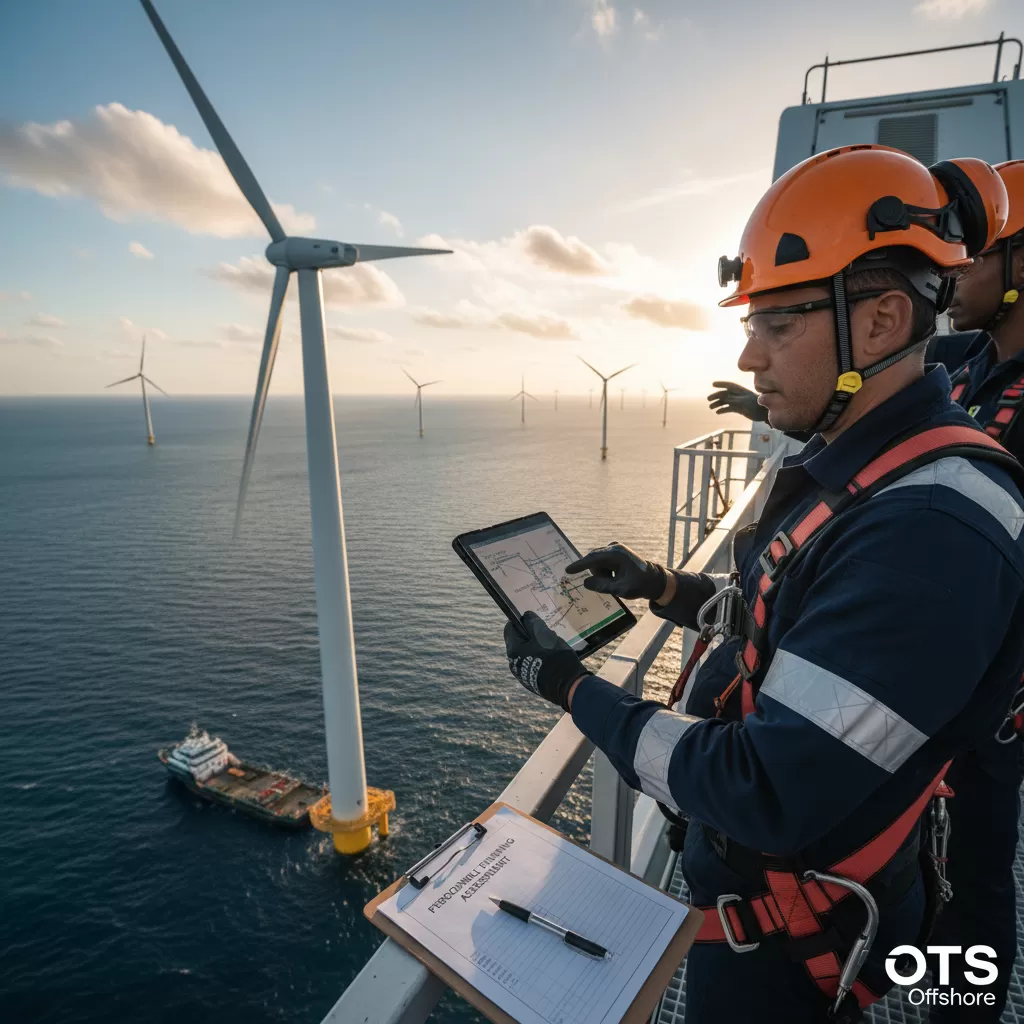
Synergy and Integration: Bridging GWO and AMPP Training Paradigms
While GWO and AMPP training programs address distinct but interconnected aspects of wind power operations, their combined impact is significantly enhanced when their principles are integrated. A comprehensive Evaluation Training AMPP should acknowledge this synergy.
– Safety in Material Handling and Application: GWO’s manual handling principles are directly applicable to the safe movement and application of coatings and materials covered in AMPP programs.
– Risk Assessment for Maintenance Activities: Combining GWO’s safety focus with AMPP’s material degradation knowledge allows for more thorough risk assessments of maintenance tasks, particularly those involving working at heights on corroded or coated structures.
– Emergency Response for Material-Related Incidents: Understanding potential material failures (covered by AMPP) and having the safety protocols (covered by GWO) for responding to such incidents is crucial.
The evaluation process must consider how these two sets of training contribute to a holistic understanding of operational risks and best practices for wind farm personnel.
Methodologies for Effective Evaluation Training AMPP
Conducting a meaningful Evaluation Training AMPP requires a multi-faceted approach that goes beyond simple pass/fail rates. It involves assessing the learning retention, skill application, and ultimately, the impact on workplace safety and operational efficiency.
Key Evaluation Metrics and Techniques
– Kirkpatrick’s Four Levels of Training Evaluation: This widely recognized model provides a structured framework for assessment.
– Level 1: Reaction: Gauging participant satisfaction with the training, including the trainer’s effectiveness, course content relevance, and learning environment. This is often assessed through post-training surveys.
– Level 2: Learning: Measuring the extent to which participants acquired the intended knowledge, skills, and attitudes. This can be done through pre- and post-training tests, quizzes, and practical skill demonstrations.
– Level 3: Behavior: Assessing whether the learned behaviors are applied on the job. This requires observation in the workplace, performance reviews, and feedback from supervisors and colleagues.
– Level 4: Results: Determining the impact of the training on organizational outcomes, such as reduced accident rates, improved productivity, decreased downtime, and enhanced asset lifespan. This involves analyzing relevant operational data and key performance indicators (KPIs).
– Scenario-Based Assessments: Simulating real-world scenarios that require participants to apply knowledge and skills from both GWO and AMPP training. This is particularly effective for evaluating decision-making and problem-solving capabilities.
– Competency-Based Assessments: Focusing on whether individuals can perform specific tasks to a defined standard, rather than just on theoretical knowledge.
– On-the-Job Performance Monitoring: Regular observation and feedback mechanisms to ensure that safety protocols and best practices learned in training are consistently followed.
– Incident Investigation Analysis: Reviewing accident and near-miss reports to identify any training deficiencies that may have contributed to the event.
– Feedback Loops from Industry Professionals: Actively soliciting input from site managers, supervisors, and experienced technicians on the perceived effectiveness of the training and areas for improvement.
The success of any Evaluation Training AMPP hinges on the selection of appropriate metrics and the consistent application of these methodologies over time.
Challenges in Evaluating Wind Power Training Programs
The complex and dispersed nature of the wind power industry presents unique challenges in the evaluation of training programs.
– Accessibility to Offshore Locations: Conducting on-site performance observations for offshore personnel can be logistically challenging and costly, impacting the feasibility of direct behavior assessment.
– Dynamic Work Environments: The constantly evolving nature of wind turbine technology and operational conditions means that training needs can shift rapidly, requiring frequent updates to evaluation criteria.
– Diverse Workforce Demographics: Wind farm personnel come from various backgrounds and possess different levels of prior experience, necessitating a nuanced approach to training evaluation to accommodate these differences.
– Quantifying Long-Term Impact: Directly attributing improvements in asset longevity or significant reductions in major incidents solely to specific training programs can be difficult due to the multitude of factors influencing operational outcomes.
Despite these challenges, a commitment to systematic and ongoing Evaluation Training AMPP is essential for the continued growth and safety of the wind energy sector.
Future Directions for Enhanced Training Evaluation
The pursuit of continuous improvement in training effectiveness necessitates an exploration of innovative approaches to Evaluation Training AMPP.
– Digitalization and Remote Assessment Tools: Leveraging virtual reality (VR) and augmented reality (AR) for realistic scenario-based training and assessment. Remote monitoring and data analytics can also facilitate more efficient performance tracking.
– Data-Driven Insights: Utilizing advanced data analytics to identify trends, patterns, and correlations between training participation and operational outcomes. This can inform targeted training interventions.
– Cross-Industry Benchmarking: Learning from evaluation methodologies employed in other high-risk industries to enhance the robustness of wind power training assessments.
– Collaborative Evaluation Frameworks: Developing standardized evaluation frameworks that can be adopted across the industry, fostering greater consistency and comparability of training program effectiveness.
The ongoing evolution of wind energy technology and operational practices demands that the evaluation of GWO and AMPP training programs keep pace. A proactive and sophisticated approach to Evaluation Training AMPP will ensure that the wind power workforce remains highly skilled, safety-conscious, and capable of driving the transition to a sustainable energy future.
